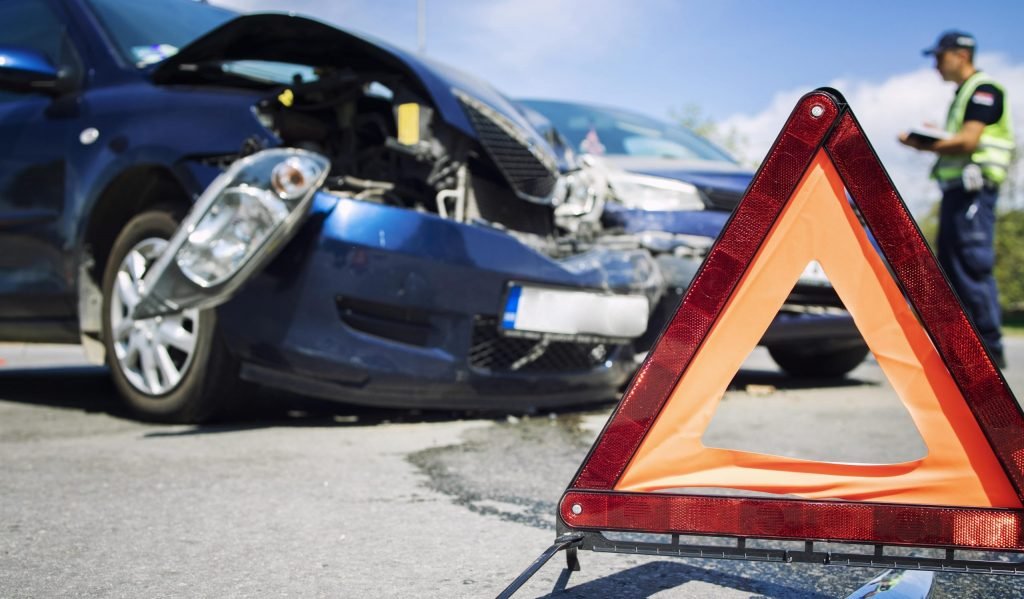Analyzing Driver Death Rates by Make and Model
In the world of automotive safety, staying informed about the performance and risk factors associated with specific car models is paramount. Every year, the Insurance Institute for Highway Safety (IIHS) conducts in-depth research to calculate driver death rates for individual vehicle models. This data is crucial for both car buyers and industry professionals who wish to gauge the safety of different passenger vehicles. In this article, we delve into the insights provided by IIHS, exploring the intricacies of driver death rates, their impact on vehicle safety, and what these statistics mean for potential car buyers.
The PDF version of this article is available here.

Understanding Driver Death Rates
Driver death rates provide an objective perspective on the relative safety of passenger vehicles, irrespective of their size and class. These rates are expressed as the number of driver deaths per million registered vehicle years. A registered vehicle year is essentially one vehicle registered for one year.
To be included in the IIHS analysis, a vehicle must have at least 100,000 registered vehicle years or at least 20 deaths within a four-year study period. This stringent criterion ensures that the data is statistically robust. Additionally, death rates are adjusted for driver age and gender to provide a more accurate representation of risk.
The IIHS sources its information on fatalities from the National Highway Traffic Safety Administration’s Fatality Analysis Reporting System, while data on vehicle registrations comes from IHS Markit. The numbers in parentheses next to the overall death rate are 95% confidence bounds, with narrower intervals indicating more statistically reliable estimates.
Analysis of 2020 and Equivalent Models
In the most recent IIHS report, which covers the period from 2018 to 2021 for 2020 and equivalent models, several key findings emerged:
- Overall Driver Death Rate: The overall driver death rate for all 2020 and equivalent models during 2018-21 was 38 deaths per million registered vehicle years.
- Other-Driver Death Rate: The overall other-driver death rate was 53.
- Vehicle Variety: A few notable models had driver death rates of zero, indicating a higher level of safety.
- Highest Death Rate: The highest death rate was 205 for the Mitsubishi Mirage G4, a minicar.
- Lowest Other-Driver Death Rate: The lowest other-driver death rate was 6 for the Buick Encore four-wheel-drive, a small luxury SUV, while the highest was 189 for the Ram 3500 Crew Cab long bed four-wheel-drive pickup.
The Challenging Reality of Vehicle Safety
Undoubtedly, vehicle safety has come a long way, with modern cars and trucks far superior to their earlier counterparts. However, some models still lag when it comes to safety. In the analysis, several models exhibited higher driver death rates, shedding light on areas where improvements are needed.
The Bottom 10 List
The IIHS report identifies the following models with the highest driver mortality rates:
- Hyundai Accent (104 deaths)
- Kia Rio (102)
- Scion tC (101)
- Chevrolet Spark (96)
- Nissan Versa (95)
- Ford Fiesta (83)
- Kia Soul (82)
- Dodge Challenger (81)
- Nissan Titan Crew Cab (73)
- Nissan Sentra (72)
This bottom-10 list includes a mix of mini cars, small cars, a large car, and a truck. Notably, current models of small and mini cars tend to fare worse in accidents than their larger counterparts, highlighting the correlation between size and safety.
The Role of Crash Tests
The assessment of vehicle safety is a complex process, with crash tests serving as an essential tool. However, these tests do not always replicate real-world accidents accurately. For example, frontal crash tests simulate vehicle collisions with cars of similar size and weight, but they don’t account for scenarios where different-sized vehicles are involved. Real-world crash data is critical, but it’s also challenging to analyze, as it depends on driver behavior as much as the vehicle’s safety features.
A Safety Watchdog
Two major safety agencies assess vehicle safety: the National Highway Traffic Safety Administration (NHTSA) and the IIHS. The IIHS is funded by a consortium of insurance companies and conducts its tests while having access to real-world accident data.
A Few Trends
The IIHS data reveals several trends:
- Subcompact cars tend to have the highest driver death rates, while very large luxury cars exhibit the lowest rates.
- Some heavy and powerful vehicles, such as muscle cars, can also be associated with higher driver mortality.
- Luxury cars, equipped with advanced safety features, tend to protect their occupants better.
Key Points
The IIHS’s analysis of driver death rates by make and model provides invaluable insights into vehicle safety. It allows consumers to make informed choices and encourages automakers to continuously improve safety features. While small cars generally exhibit higher driver death rates, size alone doesn’t provide a complete picture. The specific design, features, and technology integrated into a vehicle play a crucial role in ensuring passenger safety.
In a world where vehicle safety remains a paramount concern, these statistics serve as a valuable tool for both car buyers and automakers, pushing the industry towards continuous improvement in passenger safety. It’s essential to remember that while the data highlights potential risks, responsible driving and adherence to traffic regulations are the most significant factors in reducing accidents and saving lives on the road.
This other article may offer more insights on road safety: Navigating the Hazards of Nighttime Driving

